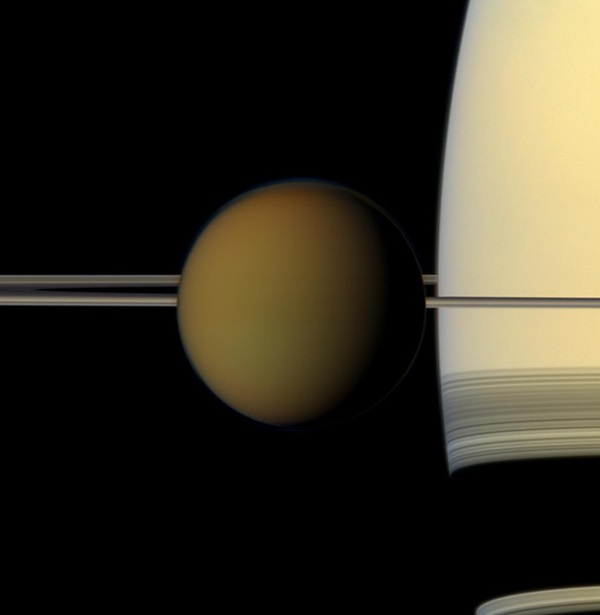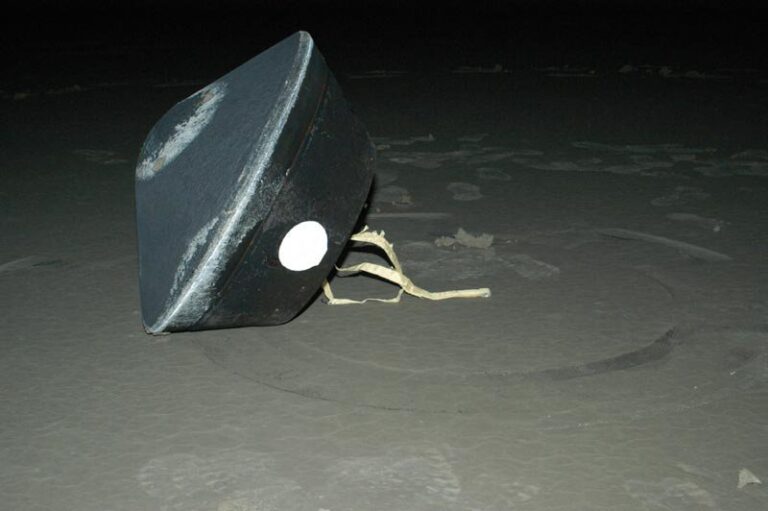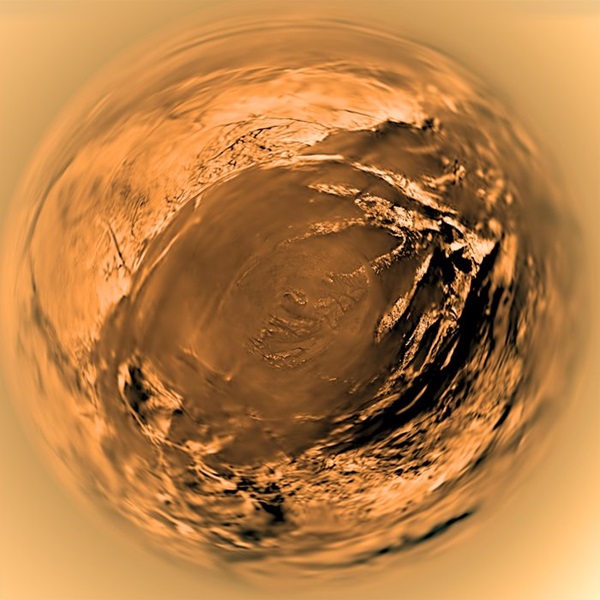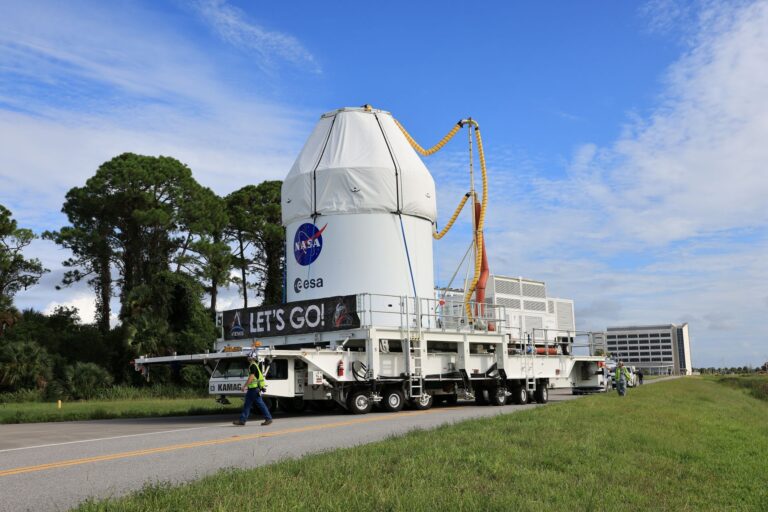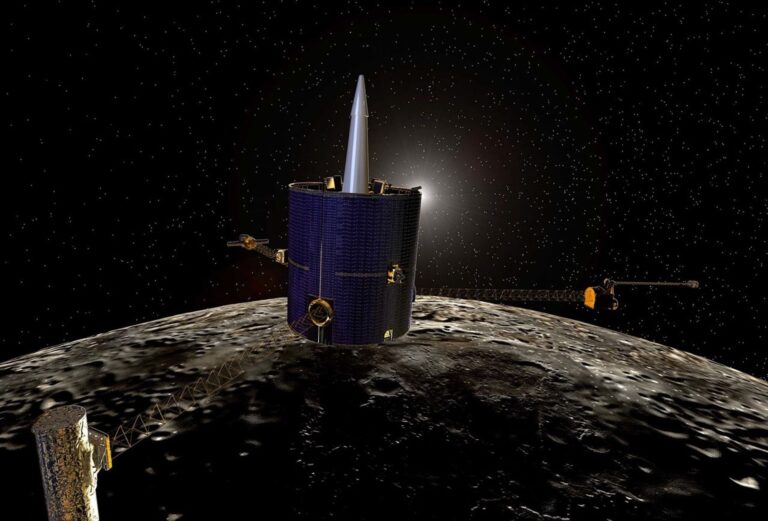Before Cassini completed its historic 13-year mission in September 2017, it sent back data that uncovered a striking similarity between Earth and Titan, one of Saturn’s 53 moons. Outlined in a recent paper published December 2 in Geophysical Research Letters, researchers used the mission’s radar instrument data to create of a topographical map of Titan, and found that its seas share an average elevation level, similar to Earth’s “sea level.”
Earth and Titan are the only objects in our solar system known to have liquids on their surface, but the type of fluid that encompasses each object differs. While much of Earth’s surface is covered in water, Titan’s seas and lakes are made up of hydrocarbons, which lie over “bedrock” of water ice covered by a layer of solid organic material.
The paper, produced by Cornell University researchers in Ithaca, New York, suggests that Titan’s three seas maintain continuous elevation with respect to Titan’s gravitational pull. “We’re measuring the elevation of a liquid surface on another body 10 astronomical units away from the Sun to an accuracy of roughly 40 centimeters. Because we have such amazing accuracy we were able to see that between two seas the elevation varied smoothly about 11 meters, relative to the center of mass of Titan, consistent with the expected change in the gravitational potential,” said the lead researcher of the study, Alex Hayes, in a press release.
These results suggest that Titan’s liquid is communicating beneath its surface, either by traveling through underground rock — like an aquifer on Earth — or via channels connecting them.
In addition to measuring the moon’s sea level, the team also studied the elevation of Titan’s lakes, which often sit hundreds of feet above sea level, another similarity between Titan and Earth. They found that, within a localized area, dry lakes always sit at higher elevations, while lakes at lower elevations are filled. “We don’t see any empty lakes that are below the local filled lakes because, if they did go below that level, they would be filled themselves. This suggests that there’s flow in the subsurface and that they are communicating with each other,” said Hayes. “It’s also telling us that there is liquid hydrocarbon stored on the subsurface of Titan.”
A second paper by Cornell researchers, which focuses on Titan’s overall topography, outlines another strange feature of Titan’s lakes. The researchers discovered that most of Titan’s lakes lie in basins with jagged edges, bordered by ridges that stretch hundreds of feet high. These landscapes suggest that Titan’s lakes form similarly to karst on Earth, where holes in the ground are formed by dissolution of underlying material, causing the surface to collapse. Earth’s karst regions are similar to Titan’s lakes in that there isn’t any water flowing in or out of the enclosure, but Earth’s karst doesn’t have the elevated, sharp edges. On Titan, the lakes’ surroundings suggest that uniform scarp retreat, a process where lakes’ borders are constantly expanding due to erosion, is taking place.
“But if these things do grow outward, does that mean you’re destroying and recreating the rims all the time and that the rims are moving outward with it? Understanding these things is in my opinion the lynchpin to understanding the evolution of the polar basins on Titan,” said Hayes.
A topographical map was created by combining high and low resolution observations of Titan, with about 9 percent of its surface having been observed in high resolution and 25-30 percent in lower resolution. The remaining areas were mapped with an interpolation algorithm and a global minimization process, designed to lessen errors caused by variables like spacecraft location.
The map generated from this data also uncovered new mountains on Titan, all less than 2,300 feet (700 meters) high, and confirmed the existence of two depressions in the equatorial region, believed to be ancient cryovolcanic flows or dried seas. It also shows Titan to be slightly flatter than previously thought, indicating more variation in the thickness of its crust than originally predicted.
Cassini’s data will serve as a valuable reference for those looking to study Titan’s geography, climate, and gravitational pull, and provide a valuable baseline for future topographical observations. The map exposes even more similarities between Earth and Titan than previously thought, which leads to the question — how well do we really know our neighbors?


